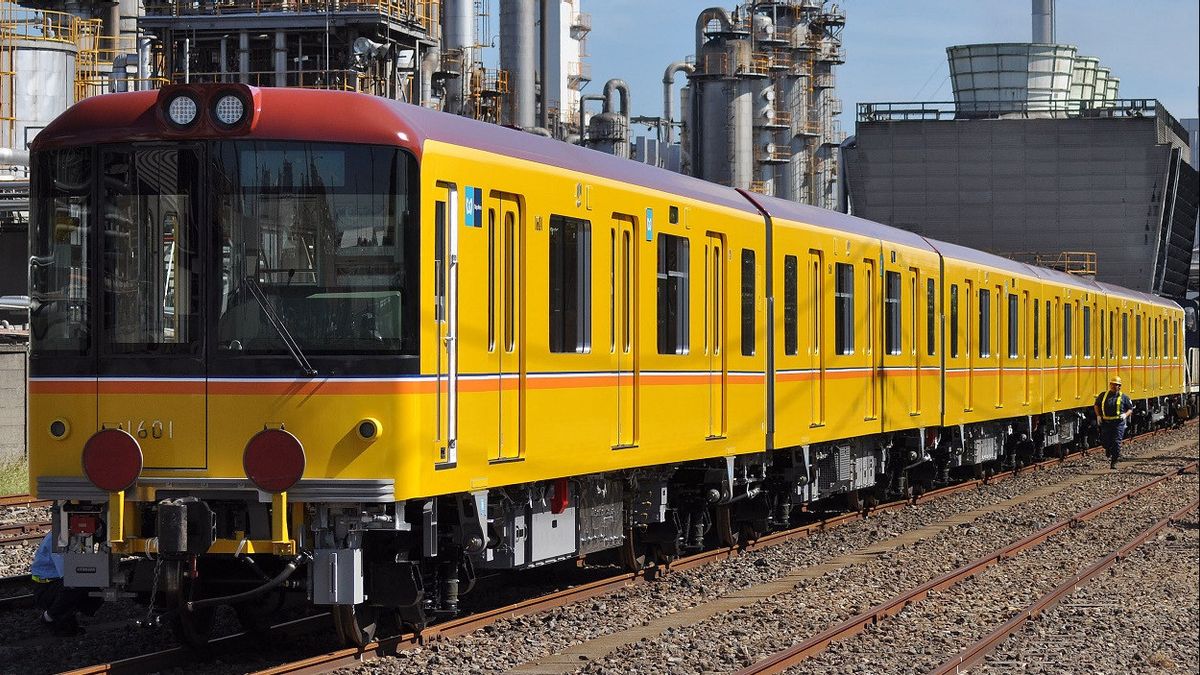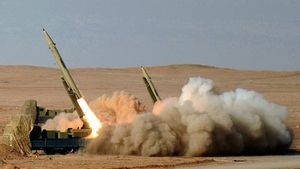JAKARTA - The Japanese government will require national train operators to install security cameras on newly built carriages, following a knife attack on a Tokyo train in October, the transport ministry said Friday.
Under the safety measures drawn up by the ministry, the regulation will also require rail companies to gain passenger understanding and cooperation on baggage inspections after the revised regulations allow operators to start carrying out security checks from July this year.
The move comes after Japan's Ministry of Land, Infrastructure, Transport and Tourism exchanged views on security measures with major rail operators including the Japan Railways group.
"Crime prevention measures are not necessarily sufficient, as existing measures emphasize the safe operation of (trains) and preventing accidents," Transport Minister Tetsuo Saito said at a press conference in Tokyo, citing Kyodo News Dec. 3.
"Learning from the incident, we will study the performance of the security cameras and bear the costs of their installation," added Saito. The ministry said it would start discussions on the matter with experts and rail operators perhaps later this month.
The transport ministry will study revised regulations on disaster prevention measures, which instruct operators to take safety measures against fires, but do not currently contain requirements on security cameras.

Meanwhile, the government will consider making an exception in the case of the single-car train, where the crew can easily understand the situation, the ministry official said.
Under the rules, train operators are required to inform passengers of the location of the emergency button and ask them to use it without hesitation in urgent situations.
As for the emergency levers that allow the user to manually open the door, the rail company will consider providing an explanation of how to use them, making their functions easier to understand, given they can interfere with train operations when manipulated, officials said.
In addition, train operators were also asked to carry out the necessary drills with the police, to prepare for possible countermeasures with attackers, the government said.
In the October 31 attack incident on the Keio Line limited express train in Tokyo, passengers pressed emergency buttons at several locations on the train, but crew were unable to communicate with them on the situation. Since there were also no security cameras, they couldn't properly capture what was going on.
In addition, when passengers operate the emergency lever to make the train emergency stop at the next station, it ends up stopping at a point slightly behind the proper stopping position, leaving several doors closed and prompting many passengers to escape by climbing out of the train windows onto the platform.
To note, in the October 31 attack on the limited express, a 72-year-old man was seriously injured after being allegedly stabbed by 25-year-old Kyota Hattori. The suspect is also suspected of starting the fire in the train.
The incident followed another knife attack in August this year when a man injured 10 passengers on the Odakyu Electric Railway commuter train in the capital Tokyo.
The English, Chinese, Japanese, Arabic, and French versions are automatically generated by the AI. So there may still be inaccuracies in translating, please always see Indonesian as our main language. (system supported by DigitalSiber.id)













